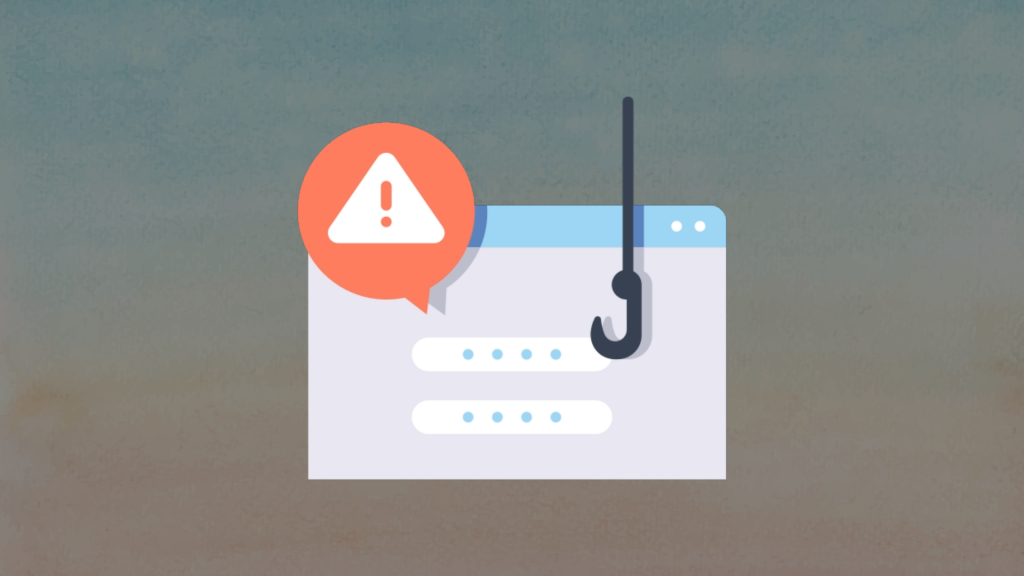Greetings, cyber-sleuths and digital guardians! Today, we’re diving deep into the murky waters of the cyber world to uncover the secrets of “spear phishing.” In this digital age, where the line between the real and virtual worlds blurs, understanding the techniques used by cybercriminals is crucial. So, let’s embark on this thrilling adventure into the realm of spear phishing, complete with colorful anecdotes, expert insights, and actionable tips!
Unmasking the Cyber Threat: Spear Phishing
Spear Phishing: The Basics
Spear phishing is a highly targeted form of cyber-attack that is designed to deceive specific individuals or organizations. Unlike regular phishing, which casts a wide net hoping to catch any fish, spear phishing is a precision-guided missile. It’s like a crafty angler who knows the exact bait to lure a specific fish from a vast ocean.
What is the Difference Between Spear Phishing and Whaling?
Spear Phishing vs. Whaling: A Tale of Targets
Spear Phishing: Imagine you’re a cybercriminal with a particular organization or person in your sights. You gather intricate details about your target – their interests, connections, and online behavior. Then, you craft a highly personalized email or message, loaded with a tempting hook, such as an urgent request or an enticing offer. The goal? To trick them into revealing sensitive information, clicking malicious links, or downloading harmful attachments. It’s the art of deception, one target at a time.
Whaling: Now, picture yourself hunting for even bigger prey – a CEO, a high-ranking executive, or a public figure. This is whaling, the VIP version of spear phishing. The techniques are similar, but the stakes are higher. Cybercriminals target individuals with significant authority or access within an organization. If successful, the attacker gains access to a treasure trove of sensitive data and can cause substantial damage.
In both cases, the goal is to compromise a target’s security or steal valuable information.
Real-World Example: Phishing in Action
The Nigerian Prince Scam
This classic example of phishing has been around for years, proving that old tricks can still work if they’re done right. Here’s how it usually unfolds:
You receive an email from a supposed Nigerian prince who needs your help to transfer a vast sum of money out of their country. In return for your assistance, they promise you a hefty reward. The catch? To get started, they need your bank account details and a small “processing fee.”
Now, this might sound ludicrous, but it has duped many unsuspecting victims into sharing their financial information or sending money. It’s a classic example of a phishing attempt that preys on greed and gullibility.
Related: CEO Phishing: 4:25 pm, an urgent message
Detecting Spear Phishing: Your Cyber Sherlock Guide
Safeguarding Against Spear Phishing
Detecting spear phishing requires a vigilant eye and a dose of skepticism. Here’s your go-to checklist:
- Check the Sender: Scrutinize the sender’s email address. Cybercriminals often use deceptive addresses that resemble legitimate ones. Look for subtle differences or misspellings.
- Analyze the Content: Is the message overly urgent or threatening? Does it promise an unbelievable reward or demand sensitive information? These are red flags. Always verify such claims independently.
- Hover Over Links: Before clicking on any links, hover your mouse over them to see where they lead. If the URL looks suspicious or unrelated to the purported sender, don’t click.
- Inspect Attachments: Be cautious with email attachments, especially if they ask you to enable macros. Malicious attachments are a common vector for cyber-attacks.
- Double-Check Requests: If the message requests sensitive information like passwords, Social Security numbers, or financial data, don’t comply. Legitimate organizations won’t ask for such details via email.
- Verify with Caution: If in doubt, verify the request independently. Contact the supposed sender using official contact information, not information provided in the suspicious message.
- Keep Software Updated: Ensure your operating system, antivirus, and applications are up to date. Cybercriminals often exploit vulnerabilities in outdated software.
- Educate Yourself and Others: Train yourself and your colleagues or family members in recognizing phishing attempts. Education is a powerful defense.
FAQs: Your Spear Phishing Survival Guide
How can I report a spear phishing attempt?
If you receive a spear phishing email, report it to your IT department or email service provider immediately. They can investigate and take appropriate action. Additionally, consider reporting it to organizations like the Anti-Phishing Working Group (APWG) or the Federal Trade Commission (FTC).
Can mobile devices be targeted by spear phishing?
Absolutely. Mobile devices are prime targets for spear phishing. Be just as cautious with emails and messages on your phone as you would be on your computer. The same rules apply – check sender information, scrutinize content, and avoid clicking suspicious links.
Is two-factor authentication (2FA) effective against spear phishing?
Yes, 2FA adds an extra layer of security by requiring you to verify your identity through a separate device or code. Even if a cybercriminal manages to obtain your password, they won’t be able to access your account without the second verification step.
In the ever-evolving landscape of cyber threats, spear phishing stands out as a cunning and targeted adversary. But armed with knowledge and a healthy dose of skepticism, you can fortify your defenses and protect yourself from these digital hooks.
Remember, cybercriminals constantly refine their tactics, so staying informed is your best defense. Share this knowledge with your peers, and together, we can create a safer digital world.
Sources:



